incl. VAT plus shipping costs
Immediate delivery, express possible ![]()
More than 20 Articles in stock
Delivery only innh. Germany and Austria possible.
Switch to the German store
- Item no: 7718
Fast delivery times
All products are in stock with us!14 years of breeding experience
Let our team of experts advise you!High customer satisfaction
from over 3,000 reviews "| Water values: | soft to hard |
| Breeding: | simply |
| Temperature: | 20-25 °C |
| Behavior: | Active |
| Feature: | Interesting coloring |
| with fish?: | Yes, with peaceful fish |
| Fish group: | Barbs |
| Planting possible?: | conditional* (see description) |
| Aquarium size: | 100 l (approx. 80cm) |
| Visual effect: | Swarm behavior |
| Origin: | Asia |
| Diet: | omnivorous - omnivorous |
| with snails/shells?: | Yes |
| Final size: | 4-8 cm |
| Difficulty: | 1 - Simple |
| with large crabs?: | No |
| with dwarf crabs?: | No |
| with shrimps?: | Socialization not possible |
| Pelvic region: | Center |
| with crabs?: | No |
Another beautiful color variation of the well-known Sumatran barb, Barbus tetrazona, is the platinum turquoise colored Sumatran barb. These pretty yet hardy fish are easy to keep and are ideal for beginners. Other breeding forms are the moss barb, which is colored green instead of stripes and has red fins, but also the five-belt barb, which has a fifth black band. Sumatran barbs originate from the stagnant and slow-flowing waters of Borneo and Sumatra (hence their name), where they inhabit weedy riparian zones in groups. Its habitat stretches across the Kapuas, Mahakam and Bulungan rivers.
It belongs to the carp family and grows to a length of about 6 cm when fully grown. Its body is high-backed with a terminal mouth and has a light blue to platinum turquoise base color. Except for the pelvic fin, all fins appear rather transparent with orange tips. The mouth may also be orange in color, and the gill cover is distinctly pink. Kept in groups, the animals behave peacefully, but are only suitable for socialization with short-finned fish and can already be kept by beginners.
The females differ from the males by their more massive appearance. The males remain somewhat stockier and also smaller. Breeding Sumatran barbs is relatively easy if you keep an eye on the water parameters and food. For breeding, the aquarium water in the breeding tank should be slightly acidified. A substrate is not absolutely necessary, but there should be sufficient fine feshy plants and mosses, floating plants help to darken the tank, additional lighting should be avoided. Sumatran barbs are extremely productive free spawners, which can lay up to 1,000 eggs, which they may also eat directly. It is worthwhile to feed the animals intensively for several weeks before the breeding attempt. Immediately after spawning, the breeding pair is caught out again and put back. The larvae hatch after 26-48 hours and feed on their yolk sac for the time being. After about 5-7 days, depending on temperature and environment, they begin to swim freely and can be fed very fine dust powder and live Artemia nauplii.
The aquarium of the Platinum Turquoise Sumatran Barbs should be at least 100 liters and structured with roots and stones that provide territorial boundaries and privacy. Dense planting in places with stem plants and also the creation of darkened corners, for example by floating plants and stone structures with mosses, are recommended. This serves the animals to retreat and recharge their batteries. Concerning the water values the fish are quite tolerant and can be kept at a pH of 6-7,5, as well as a total hardness between 5-19° dGH, a carbonate hardness of 3-17° dKH and a temperature of 22-26°C. It can happen that Sumatra barbs pluck at finely low plants. Since they search for food in the mulm, the aquarium gravel should have rounded grains or, even better, consist of sand.
These Sumatran barbs can be wellsocialized with other lively barbs, such as the five-belt bar b and moss barbs , also possible would be a firetail fringe lipper, as well as smaller loach species or short-finned catfish. The Sumatran barb tends to nibble its fins, therefore a company of long-finned fish such as gourami, guppies, angelfish or fighting fish should be avoided. Invertebrates are also rather unsuitable, as they would otherwise enhance their diet. Sumatran barbs maintain a distinct social behavior with hierarchy that is constantly being redefined, which is why this aquarium fish is prone to aggression if its group contains too few animals.
Platinum turquoise Sumatran barbs are omnivores and should therefore be fed a varied diet. They are not particularly picky in their selection, but are considered light feeders, generally taking anything into their tiny mouths that reasonably fits, or at least moves or wriggles in some way (hence the fin nibbling, among other things). They may be fed live and frozen foods such as artemia, daphnia, cyclops, tubifex, and mosquito larvae, but will also accept just about any commercially available granules, dry foods, flake foods, and algae foods.
Our food recommendation: For this aufwuchs feeding proboscis barb the NatureHolic Catfish Feed is perfect for all aufwuchs feeding sucker catfish in the aquarium. It is a balanced tablet food that will not cloud the water and the fish will happily eat. The catfish tablets also contain NatureHolic active ingredient complexes, which provide the barbs with everything they need for a strong immune system, healthy growth and great, contrasting coloration. As a snack, supplemental food or vacation food we recommend the vegetarian CatfishPlates.
Our plant recommendation: For planting, use NatureHolic InVitros. These are free of snails, planarians and other unwanted co-inhabitants. Also free of algae spores, bacteria and fungi.
Expert Tip: We recommend for fish keeping the NatureHolic 3 Phase Liquid. The care set offers the best all-round protection for your animals. It ensures optimal conditions for successful breeding and keeping.
| Scientific name: | Barbus tetrazona |
| German Name: | Platinum turquoise Sumatran barb |
| Difficulty level: | for beginners |
| Origin/Distribution: | Borneo, Sumatra |
| Coloration: | light blue base coloration, ventral fin orange |
| Age expectancy | 6-7 years |
| Water parameters: | GH 5-19° dGH, KH 3-17° dKH , pH 6.0-7.5, temperature 22-26°C |
| Tank size: | from 100 l |
| Food | Omnivorous, live and frozen food, dry food, granules, |
| Breeding | easy |
| Behavior | territorial and aggressive towards conspecifics |
| Group size | at least 8 animals |
| Further information | Ten typical aquarium fish for beginners and alternatives to them, Tips for acclimating fish to the aquarium, Feeding aquarium fish properly - cheap food and what it can do |
- Item no: 7718
- EAN No.: 7427061497205
Entdecke die Garnelio Welt!
Garnelio gehört zu den größten Onlineshops für wirbellose Aquarientiere weltweit.
Viele Artikel gibt es exklusiv nur bei uns im Shop.

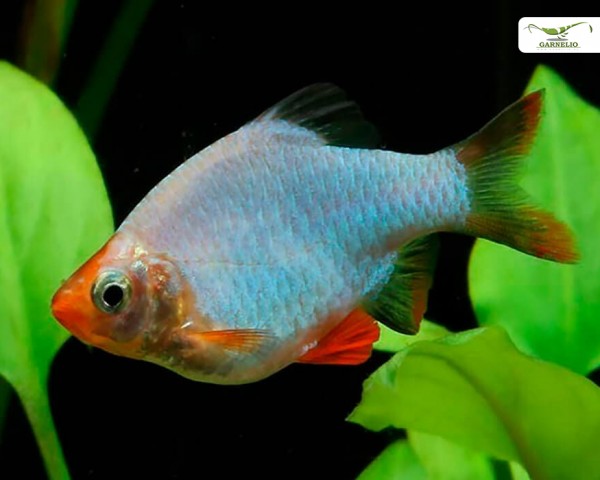
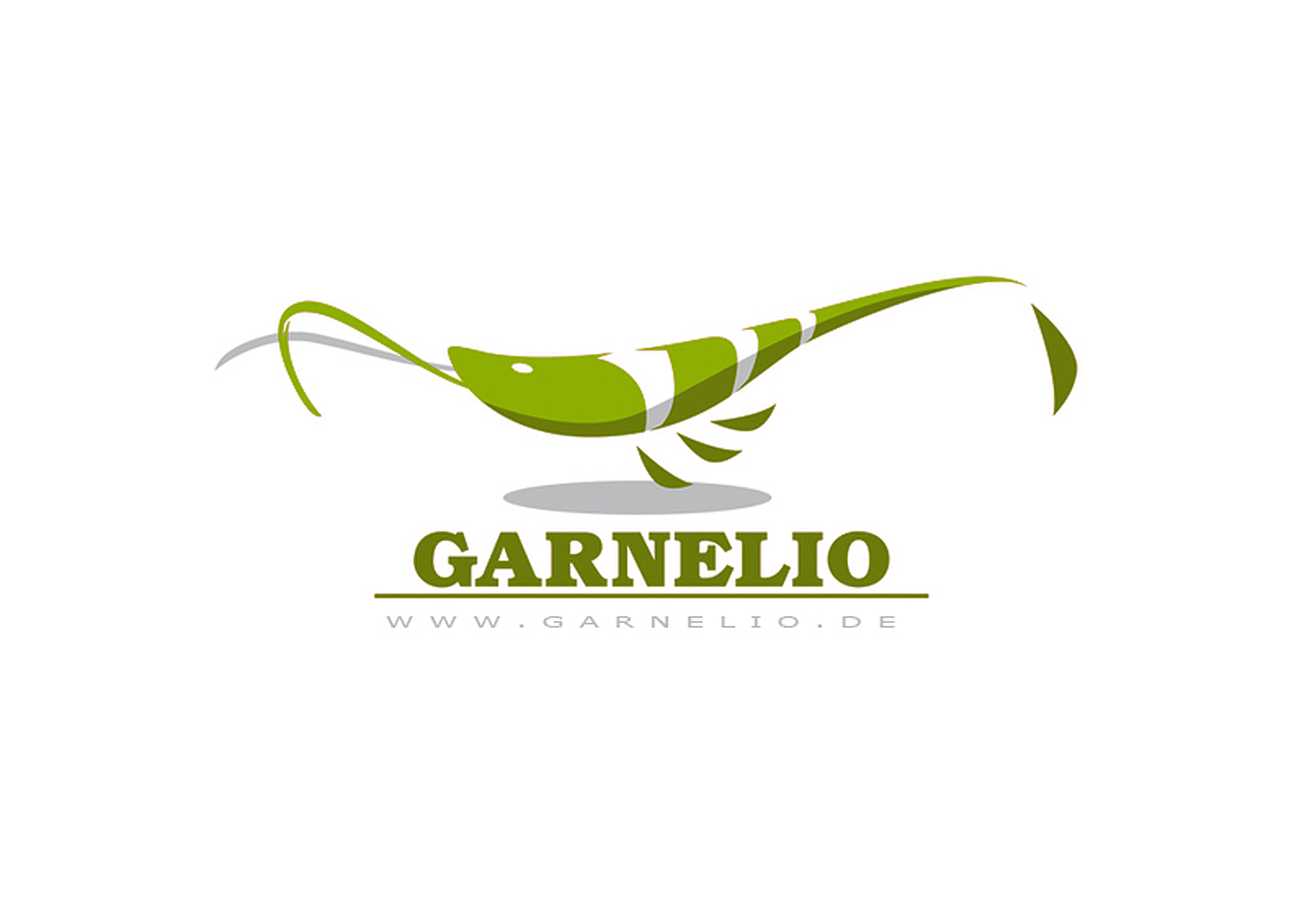
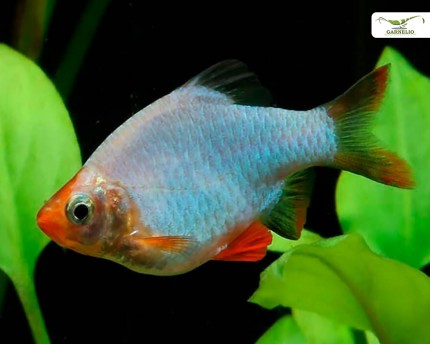
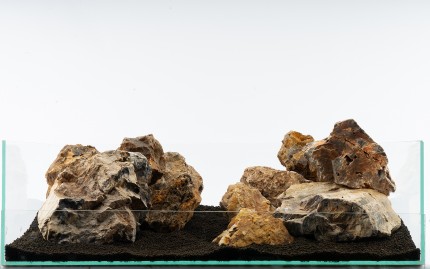
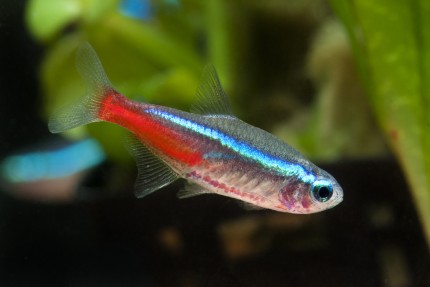

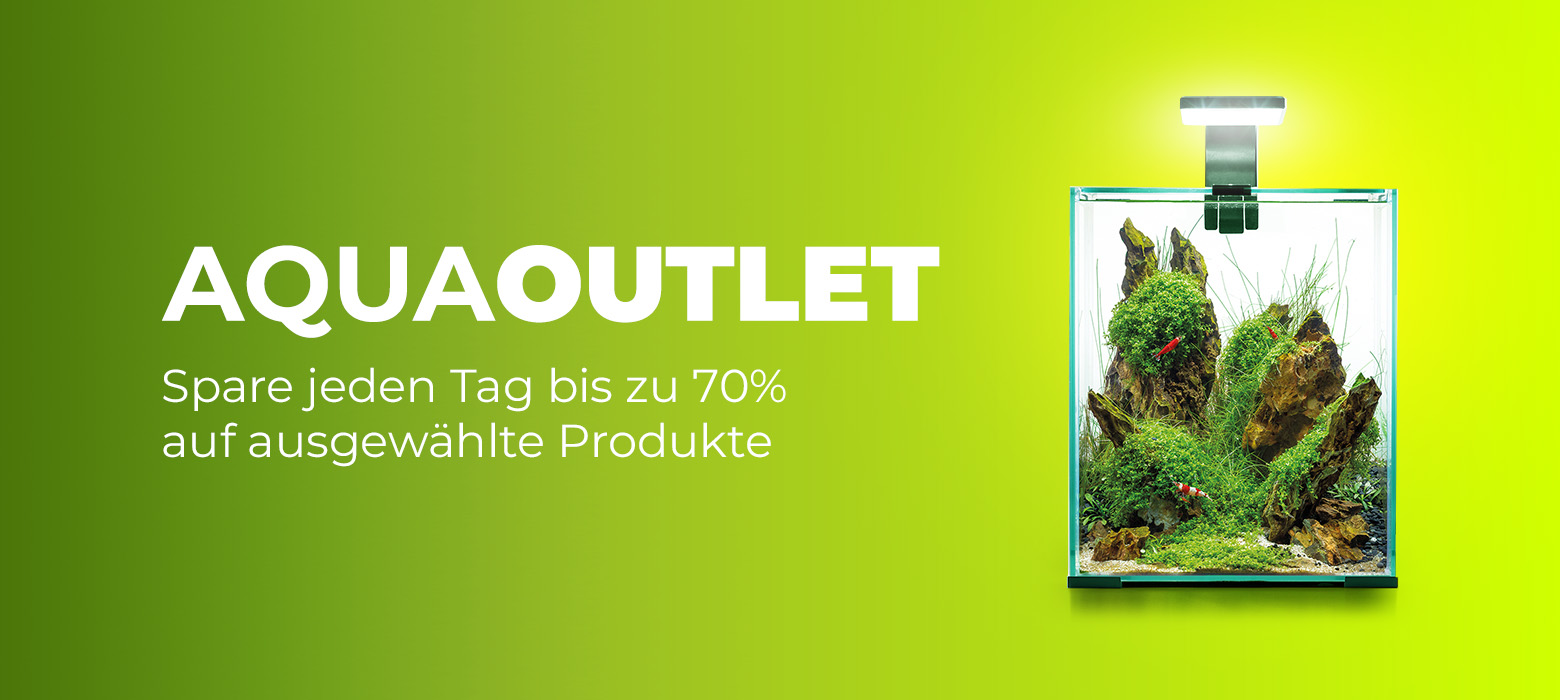
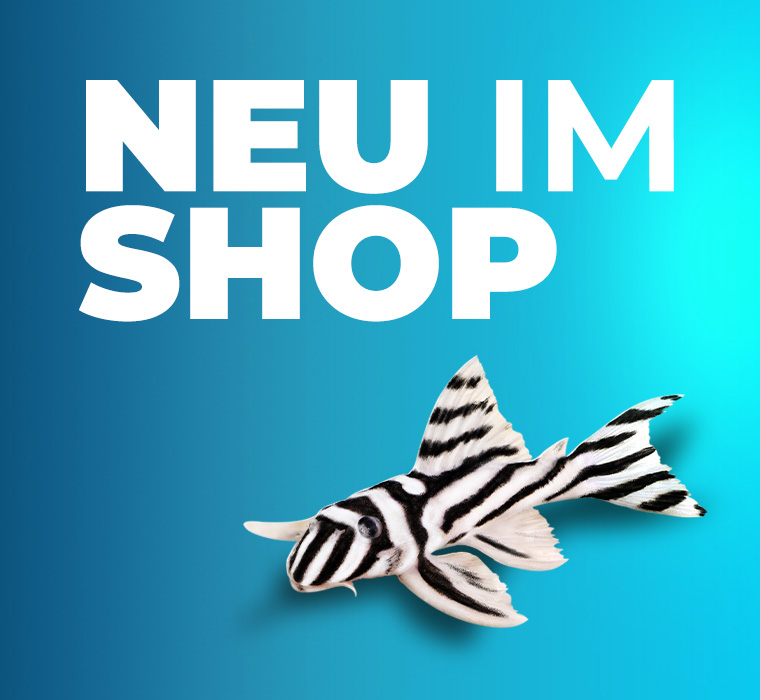
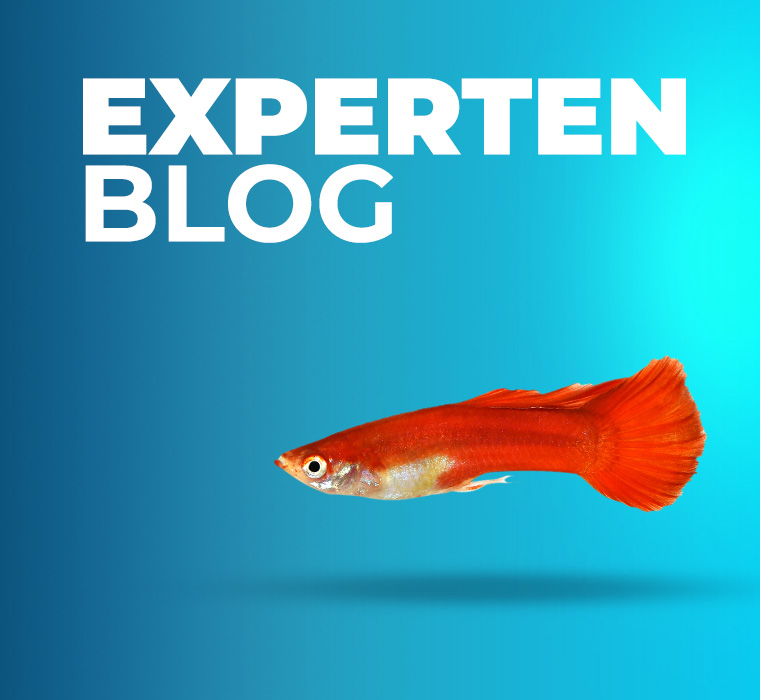

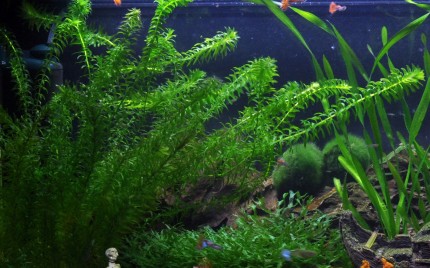
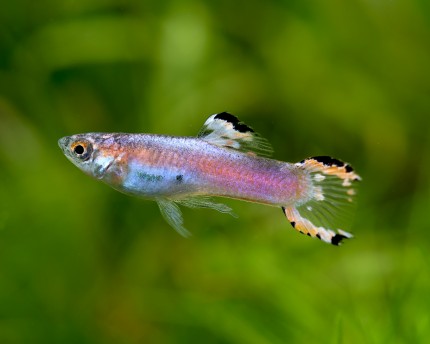
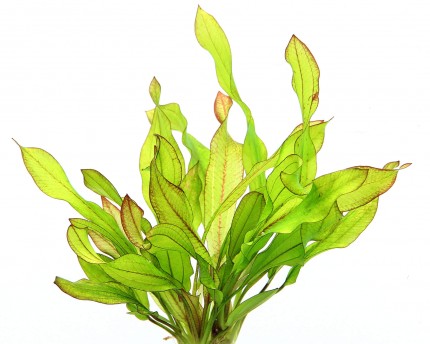
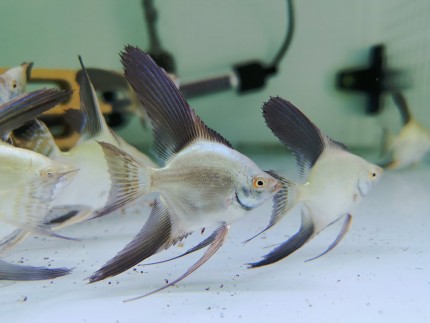
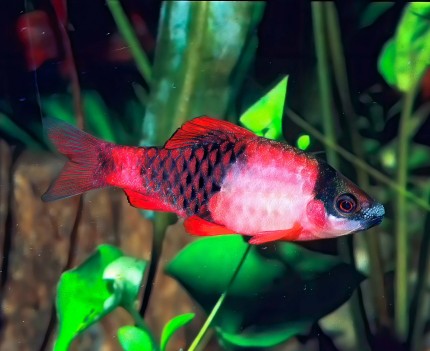
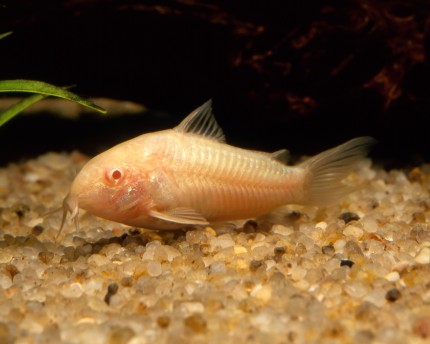
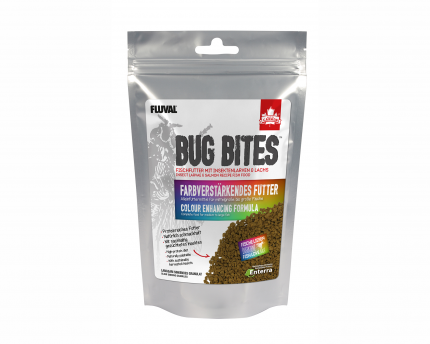
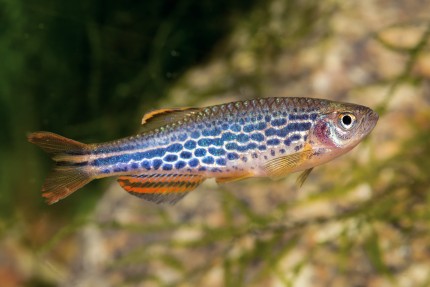
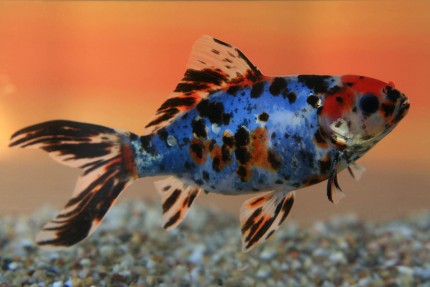
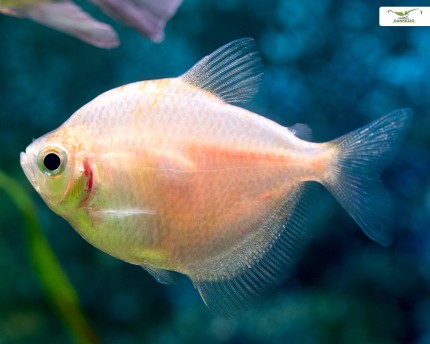
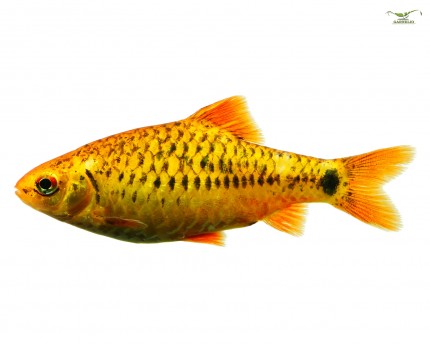
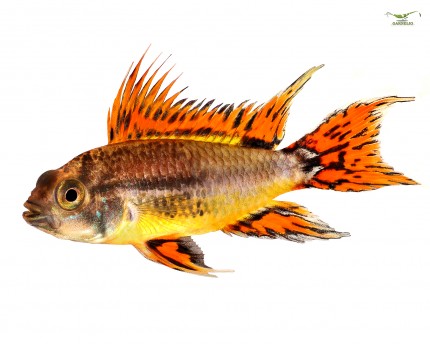
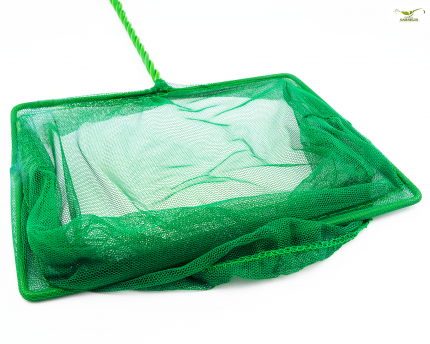
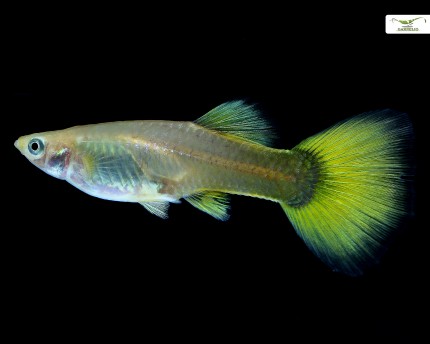
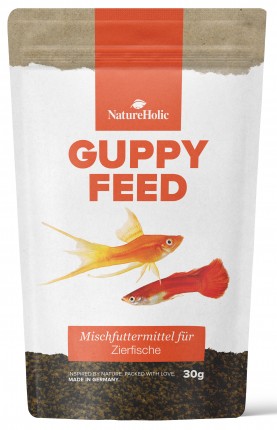
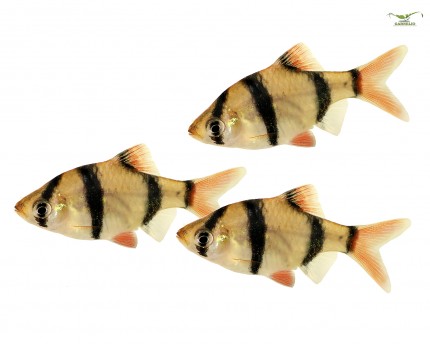
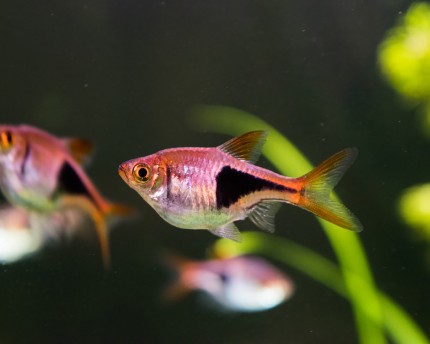
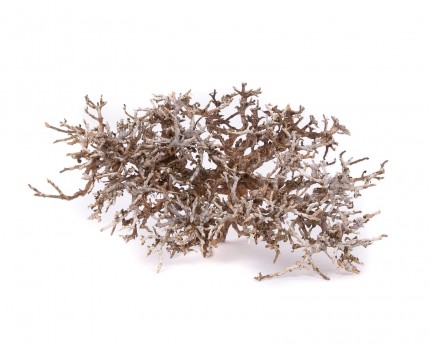
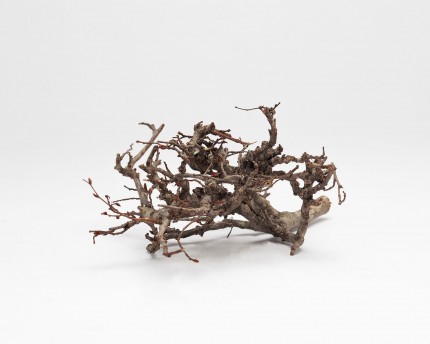
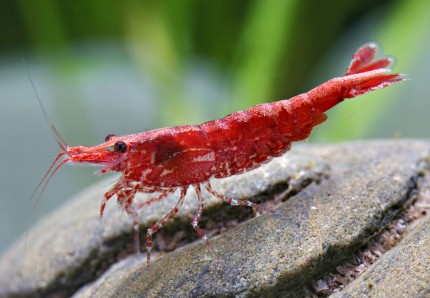
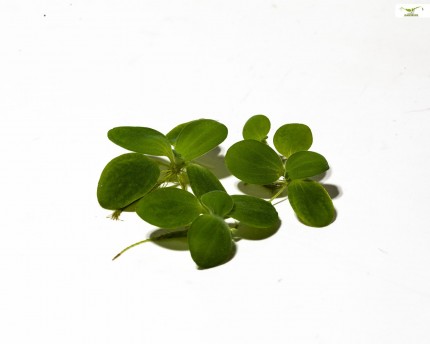
The fields marked with * are required.
I have taken note of the privacy policy.